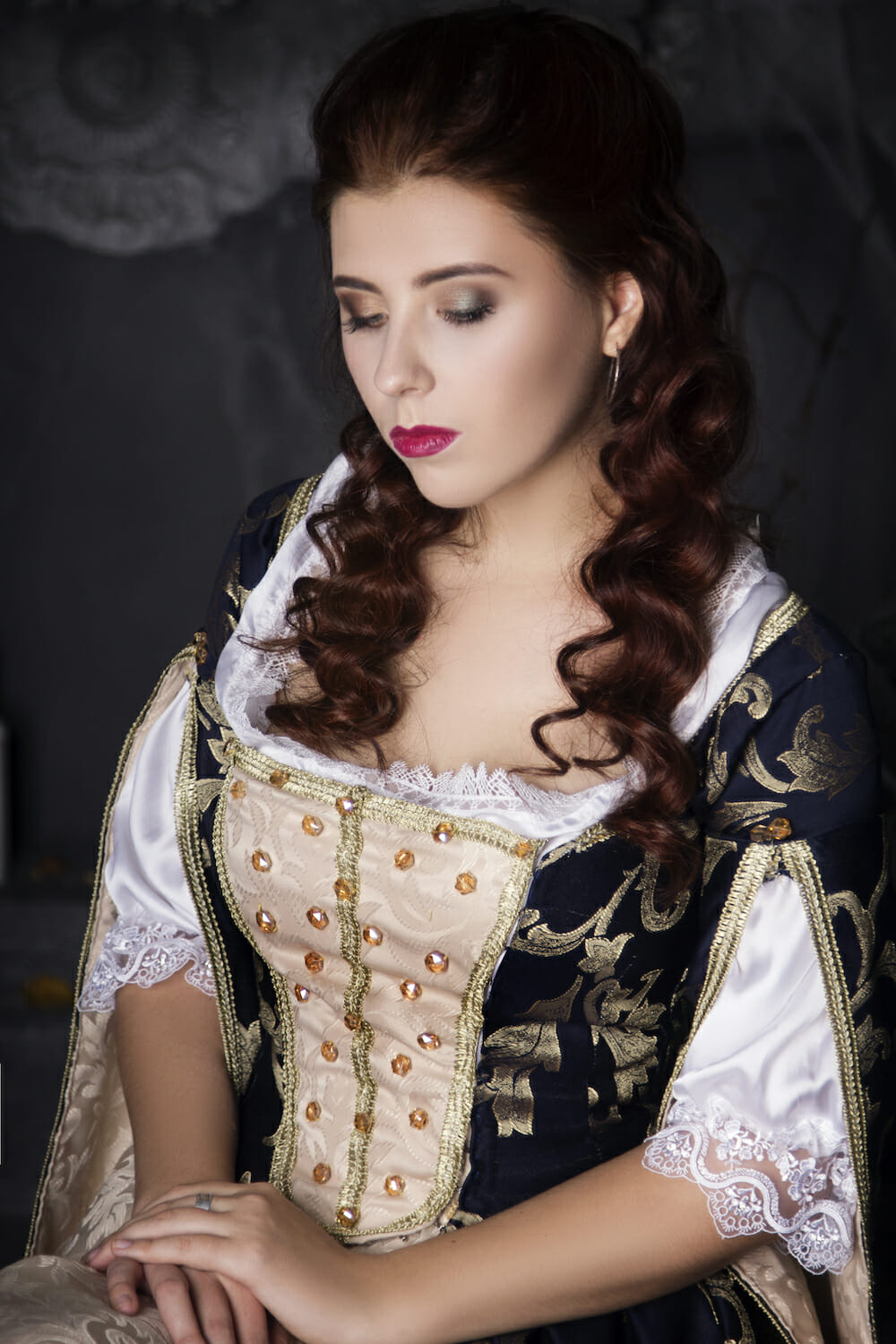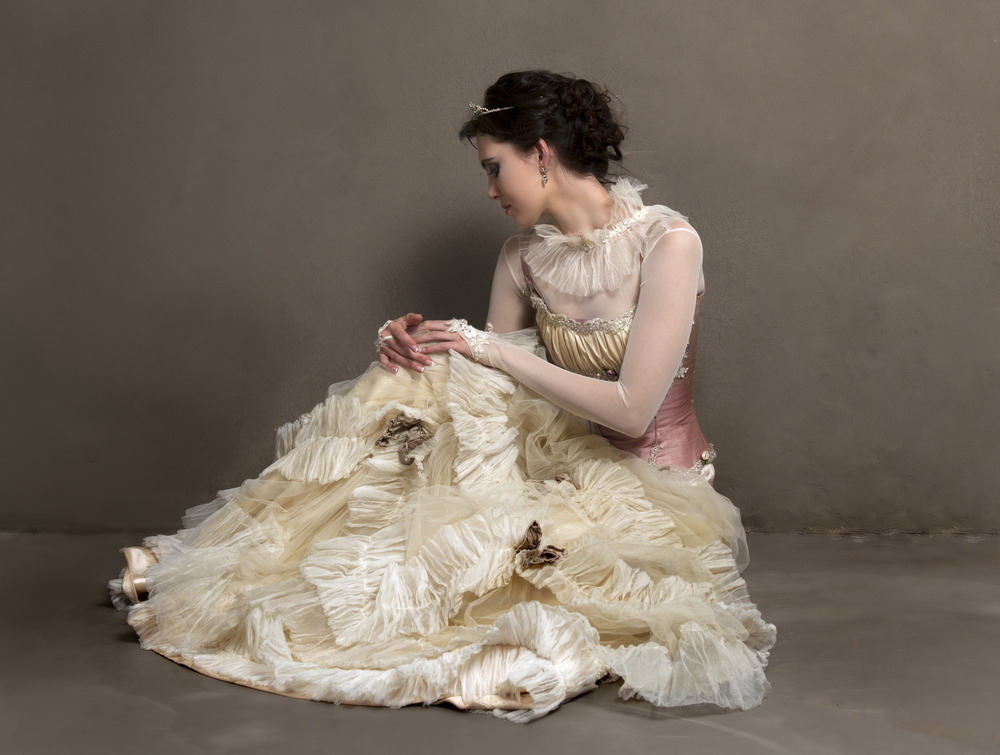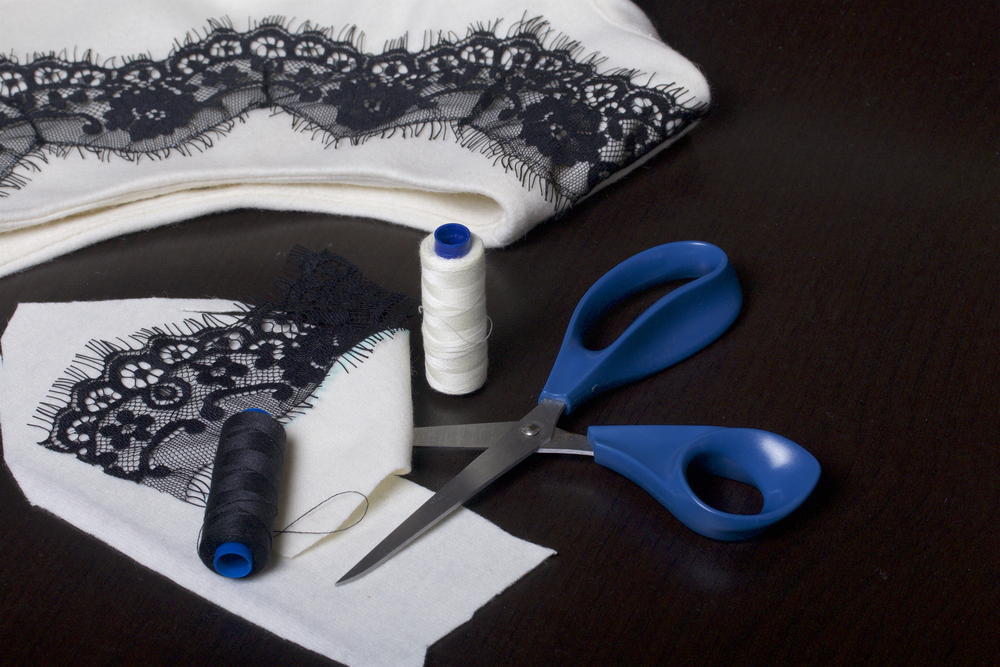
You have been sewing for a while and have made it past the basic beginner stuff and is planning to take your skill to the next level, or maybe you are just plainly in love with the fashion from an era that was way before our time.
Either way, extreme costuming just might be the right path for you. Note though that this is not for the faint of heart. You will need to be ready to invest a lot of time and effort (and most probably some money too) once you have decided to venture into extreme costuming.
If you’re up for the challenge, then read on to know the basic workflow of Extreme Costuming: Sewing The Impossible.
So What Is Extreme Costuming Anyway?
The name might sound a little silly, but extreme costuming is when you take a total immersion approach to the culture, design, pattern, fabric, and finish of a garment.
It's one of those crazy projects that might take hundreds or more hours to complete. It's that sort of project that makes other say “Wow, I can't believe you made that.” It's detailed research, usually very time consuming, and often complicated. Using all the correct sewing techniques, often by hand. It's understanding the historical details of the fashion, trades, and even politics encapsulated in the garment. Often it's a real challenge, frankly, and you have to be ready for that.


Dedication & Passion
This is not a quick project that you can complete in a week. From planning, acquiring materials to executing, you will most likely be spending a lot of time on each imperative steps to be successful in this project. You will be going to intricate sewing details and will encounter a lot of challenges along the way. If you are not dedicated and passionate about this craft then you will only end up giving up and abandoning the work half-done.
Sewing The Impossible
Elaborate sleeves, multi-layered skirt, beads, and embroidered accents and so much more. If you inspect a piece of authentic clothing you wish to adapt or replicate, it would seem impossible to accomplish. Hence, you would need a written workflow to outline your tasks and make sure you are on track. Remember, what may seem impossible can be done if you have enough heart (and willpower) to do it.


Extreme Costuming: Sewing The Impossible Workflow
Planning & Documenting
First thing first, what are you making? Be decisive on what you are planning to create. Choose what you really want to do without taking into account its complexity over other options you have. Really wanting something is what will keep you motivated to move forward and progress on your project.
Document. Write what you are making, your research resources, have an image of what you are making in different facades. Enumerate all the materials and how much of each you will need. Sectionize and jot down all the steps you need to do in chronological order from making pattern, cutting fabrics up to sewing the last button.
Acquiring Materials
Always have your list with you when you go shopping for materials so you don’t miss anything or buy something you don’t really need.
Do some research first on where to go to buy certain supplies especially for uncommon or specialty textiles and/ or accessories.
Perfecting Your Pattern
Now, some might disagree and say that this step is a waste of time and money and might not be necessary. However, if you really wish to have not just a perfectly made costume design-wise but also a great fit, doing a test drive first will prove to be worth it. Use a cheaper fabric, muslin is the most commonly used for pattern testing and fitting. By doing this, you can make adjustments and improvements to your pattern first before setting out to creating the actual garment.
Execution
After you have tested your pattern and have determined the perfect cut of fabric as well as the most appropriate stitches to use, it's now time to start working on your costume. Stick to the tasks list that you have carefully planned. Do not try to jump ahead or skip some tasks because you are getting bored stitching and want to do some embroidery first.
One single mistake that can't is undone and all your work might go to waste. Let go of all your bad sewing habits. Be patient. After all, if sewing and creating is your passion then you must enjoy every moment, every step, every stitch. Remember that when it comes to sewing, final products silently screams “rushed” when they are.
At some point, you'll be done and it will likely be magnificent!
Your Thoughts
So what do you think about this? Is it something you've tried or are interested in? Please let us know in the comments below.








I had not heard it called this before. I’m a theatrical costumer so I make period costumes all the time but without the luxury of months to complete each. I’ve forgotten what it feels like to have that exiliration of completing one outfit with all the intricate detail over a long period of time. It’s lovely to revel in the details.
i would love it! more of a steampunk, sewing mashine type than accuracy-“needle and thread”-kind of type myself, but hey, both will be fun to try!
As a historical snob I have done this and made my costumes as historically as accurate as possible – to the point of only hand sewing costumes from eras before the sewing machine was invented. I have costumes ranging from the Viking era (900’s) up to the second bustle period of the Victorian era (1880’s) and am currently working on an 1812 Regency dress. Hand sewed the shift, partlet, and dress. Only have the Spencer to do and I’m done.
I’ve attached a picture of my Elizabethan outfit. That took about 15 years to complete. It’s hand sewn and I made everything myself except for my glasses and the brooch in the middle of my chest.
There are many independent pattern companies with something for all interests. What makes historical clothing look and feel correct are the under-garments. Petticoats and chemises are simple and a good sewing starting point. Corsets are important and “makeable”. Dive in. Collect inspiration images. It’s supposed to be fun!
Absolutely!
It’s been a while since I made an Elizabethan dress, but I think that I m up for the challenge again. You would not believe how you feel when you put something like that on. Yes, the corset is tight, but you feel so regal and special.
I used to do this for the Bennington Museum and some teachers. There are some great patterns available to reproduce historical look a-likes. They are not your ordinary patterns.Often no facing patterns are included and not precise directions.
I had fun doing this for years and got paid minimally for it. Win, win!
It is difficult , but if you like the challenge or want to be a re-enactor it is definitely worth it. I sewed my own clothes long before costumes.
i think that almost everyone has a special project that takes research, time, and lots of thought! it may not be a costume , but a ball gown, a wedding dress, a taylored suit or a taylored coat. tayloring is very different than our average sewing. it does take time and research. you learn alot when you do a special project.
You can do actual reproduction sewing or use the fashion style of the era as a starting point and use synthetics, etc. Remember there is a big difference! The Big Pattern Companies have “historically inspired” patterns to give you a start.Think of the Victorian Era then think of SteamPunk. There was NO thing as SteamPunk in Victorian times. It is a fanciful concept “inspired by” Victorian fashion. Don’t embarrass yourself by presenting fanciful synthetic materials as “period correct”.
That said- enjoy sewing whatever you choose!
My SIL does costuming. As a cost-saving measure, she does her mock-ups using bed sheets instead of muslin. She picks them up at thrift shops or auctions. (I just got her a large laundry basket full of probably 18 sheets – for $10. From an online auction.
There is an audience that will be thrilled. I however will take the next bus. You cannot please all the people all the time.
I agree that the plan that you have laid out is ideal. But rather intimidating. I wouldn’t want to scare anyone off. Remember that this is your project is YOURS. It can be as accurate as YOU want it to be. You may use your machine where it doesn’t show or take whatever shortcuts YOU want. You may find that with more projects you want to be more accurate. If not , that is up to you. The thing that you cannot go back and redo is the accuracy of the materials you use. That will always show. But remember this is supposed to be fun! Soon you won’t be sewing costumes, you will be sewing clothing!